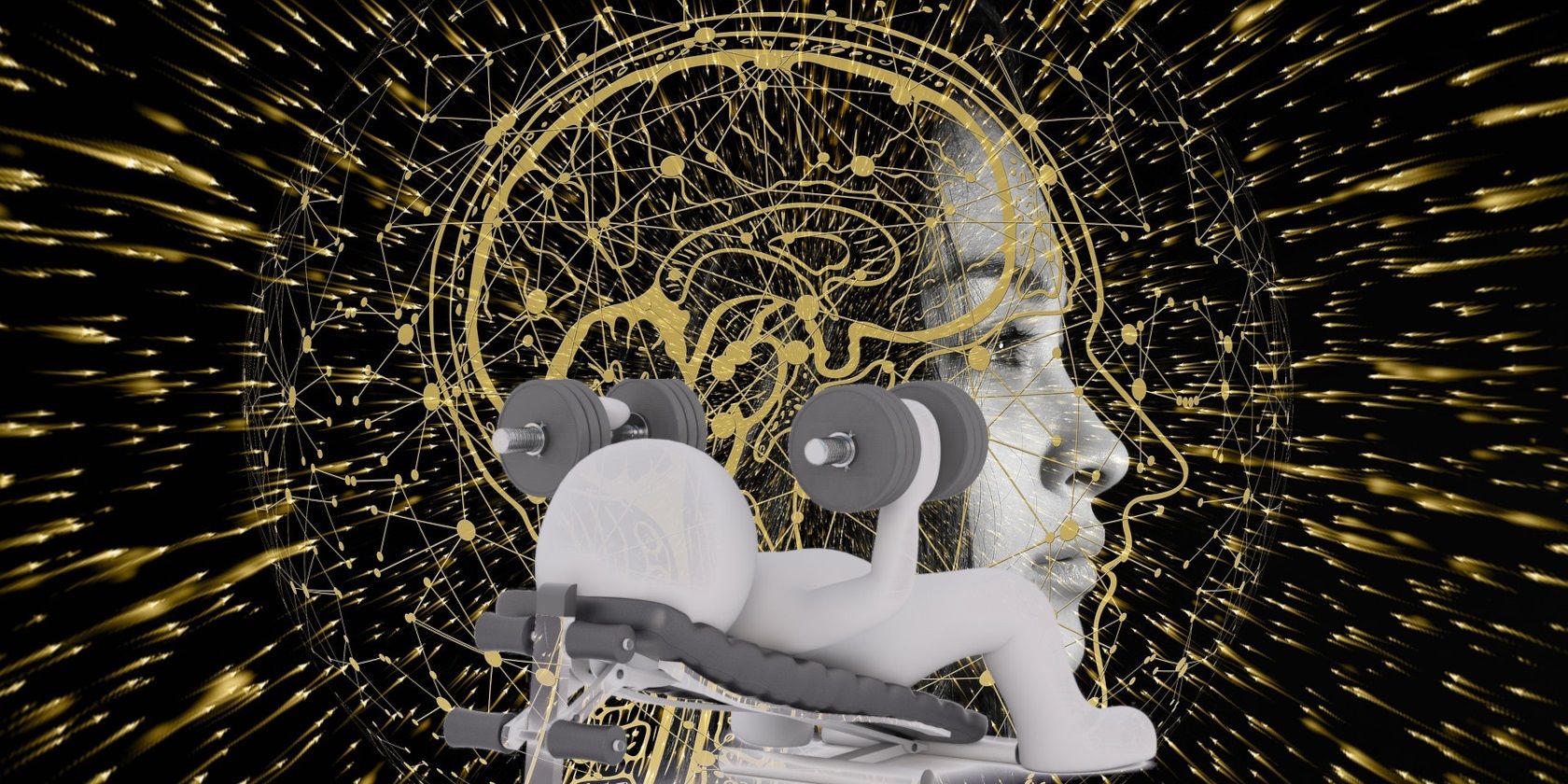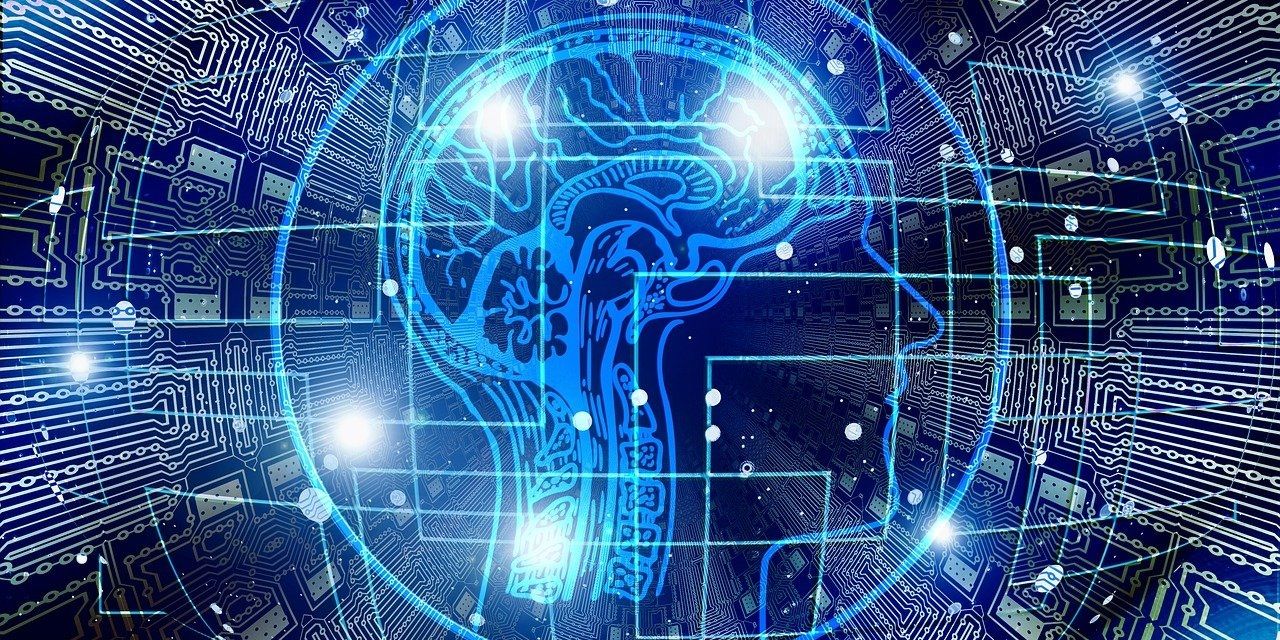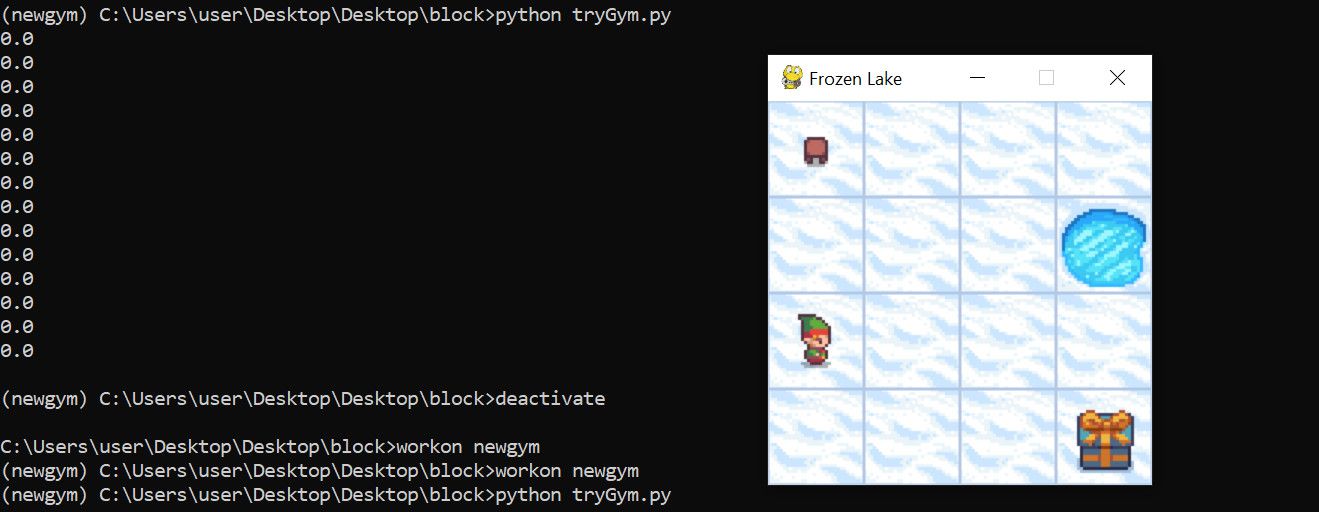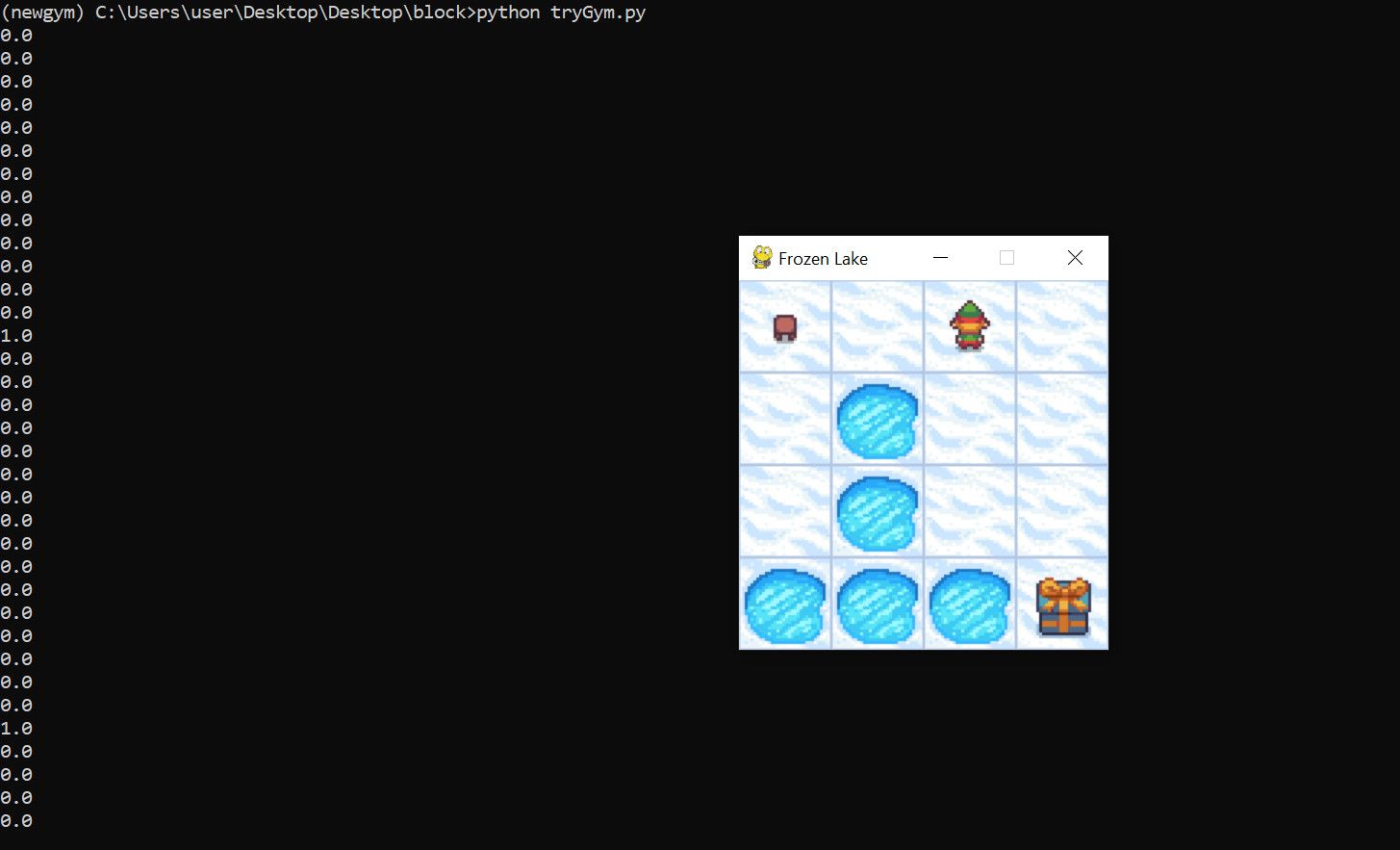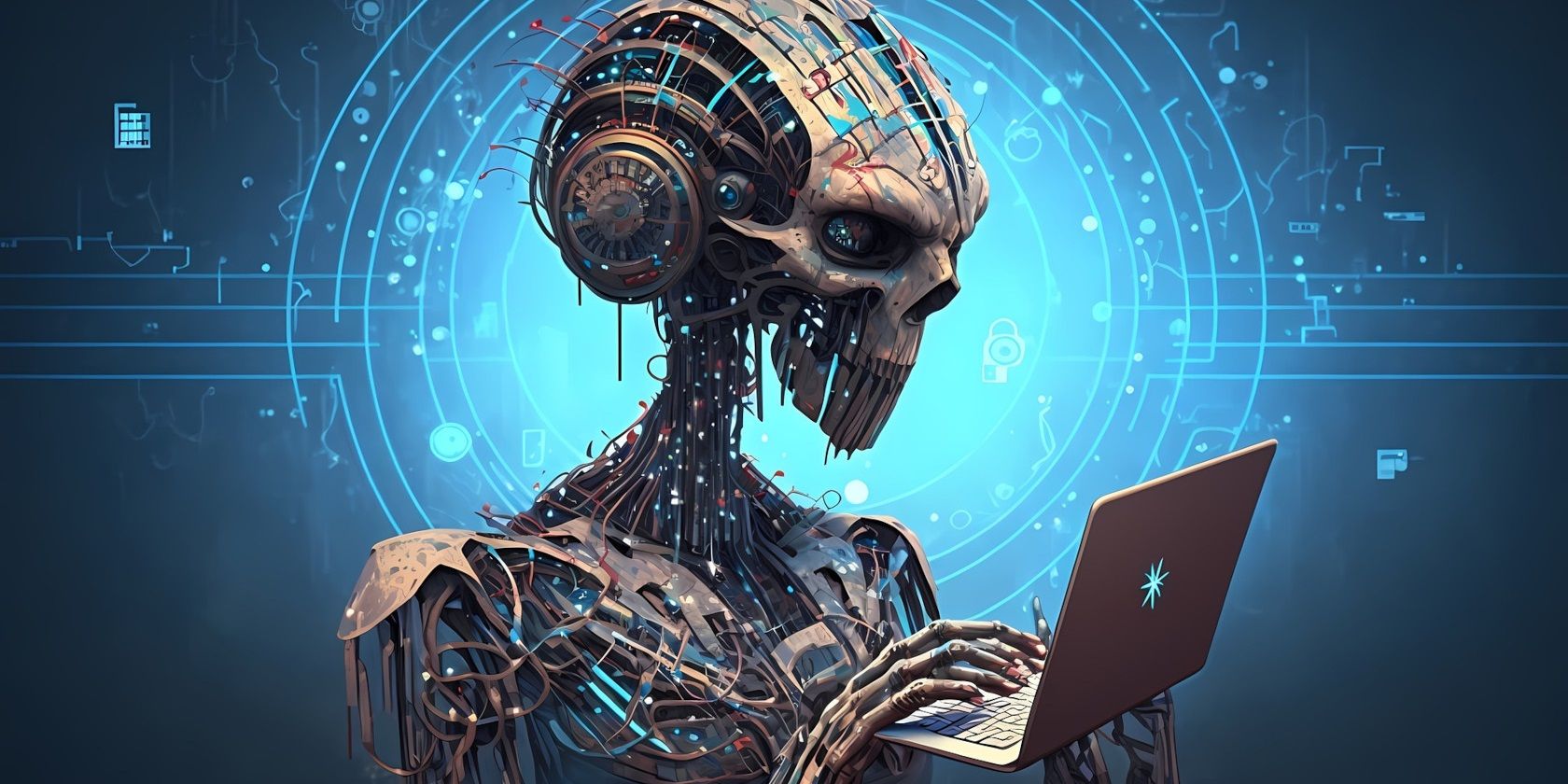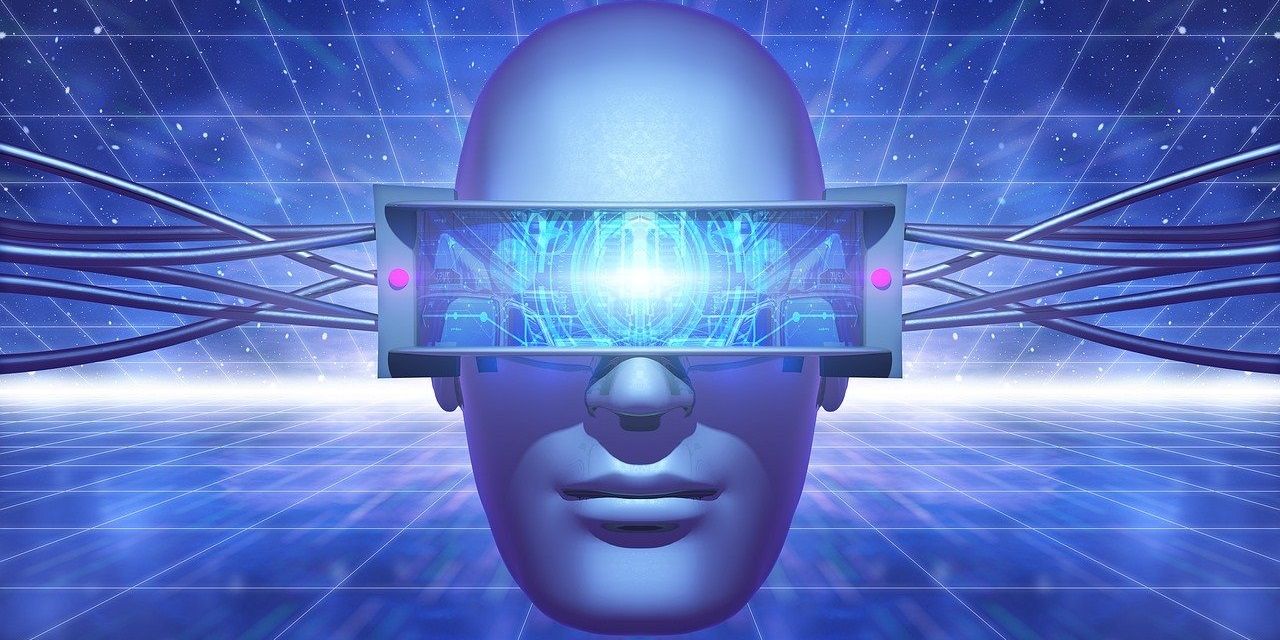If you can't build a machine learning model from scratch or lack the infrastructure, merely connecting your app to a working model fixes the gap.
Artificial intelligence is here for everyone to use one way or the other. As for OpenAI Gym, there are many explorable training grounds to feed your reinforcement learning agents.
What is OpenAI Gym, how does it work, and what can you build using it?
What Is OpenAI Gym?
OpenAI Gym is a Pythonic API that provides simulated training environments for reinforcement learning agents to act based on environmental observations; each action comes with a positive or negative reward, which accrues at each time step. While the agent aims to maximize rewards, it gets penalized for each unexpected decision.
The time step is a discrete-time tick for the environment to transit into another state. It adds up as the agent's actions change the environment state.
How Does OpenAI Gym Work?
The OpenAI Gym environments are based on the Markov Decision Process (MDP), a dynamic decision-making model used in reinforcement learning. Thus, it follows that rewards only come when the environment changes state. And the events in the next state only depend on the present state, as MDP doesn't account for past events.
Before moving on, let's dive into an example for a quick understanding of OpenAI Gym's application in reinforcement learning.
Assuming you intend to train a car in a racing game, you can spin up a racetrack in OpenAI Gym. In reinforcement learning, if the vehicle turns right instead of left, it might get a negative reward of -1. The racetrack changes at each time step and might get more complicated in subsequent states.
Negative rewards or penalties aren't bad for an agent in reinforcement learning. In some cases, it encourages it to achieve its goal more quickly. Thus, the car learns about the track over time and masters its navigation using reward streaks.
For instance, we initiated the FrozenLake-v1 environment, where an agent gets penalized for falling into ice holes but rewarded for recovering a gift box.
Our first run generated fewer penalties with no rewards:
However, a third iteration produced a more complex environment. But the agent got a few rewards:
The outcome above doesn't imply that the agent will improve in the next iteration. While it may successfully avoid more holes the next time, it may get no reward. But modifying a few parameters might improve its learning speed.
The OpenAI Gym Components
The OpenAI Gym API revolves around the following components:
- The environments where you train an agent. You can initiate one using the gym.make method. OpenAI Gym also supports multi-agent environments.
- The wrappers for modifying an existing environment. Although each base environment is pre-wrapped by default, you can rescale it with parameters like max_actions, min_actions, and max rewards.
- An action; defines what the agent does as it observes changes in its environment. Each action in an environment is a step that defines an agent's response to observations. A step completion returns an observation, a reward, info, and a truncate or terminate value.
- The observation; defines an agent's experience in an environment. Once there's an observation, an action follows with its info. The info parameter is an execution log that's handy for debugging. Once a step ends, the environment resets n times, depending on the number of specified iterations.
What Can You Make With OpenAI Gym?
Since OpenAI Gym allows you to spin up custom learning environments, here are some ways to use it in a real-life scenario.
1. Game Simulation
You can leverage OpenAI Gym's gaming environments to reward desired behaviors, create gaming rewards, and increase complexity per game level.
2. Image Recognition
Where there's a limited amount of data, resources, and time, OpenAI Gym can be handy for developing an image recognition system. On a deeper level, you can scale it to build a face recognition system, which rewards an agent for identifying faces correctly.
3. Robot Training
OpenAI Gym also offers intuitive environment models for 3D and 2D simulations, where you can implement desired behaviors into robots. Roboschool is an example of scaled robot simulation software built using OpenAI Gym.
4. Marketing
You can also build marketing solutions like ad servers, stock trading bots, sales prediction bots, product recommender systems, and many more using the OpenAI Gym. For instance, you can build a custom OpenAI Gym model that penalizes ads based on impression and click rate.
5. Natural Language Processing
Some ways to apply OpenAI Gym in natural language processing are multiple-choice questions involving sentence completion or building a spam classifier. For example, you can train an agent to learn sentence variations to avoid bias while marking participants.
How to Get Started With OpenAI Gym
OpenAI Gym supports Python 3.7 and later versions. To set up an OpenAI Gym environment, you'll install gymnasium, the forked continuously supported gym version:
pip install gymnasium
Next, spin up an environment. You can create a custom environment, though. But start by playing around with an existing one to master the OpenAI Gym concept.
The code below spins up the FrozenLake-v1. The env.reset method records the initial observation:
import gymnasium as gym
env = gym.make('FrozenLake-v1', render_mode="human")
observation, info = env.reset()
Some environments require extra libraries to work. If you need to install another library, Python recommends it via the exception message.
For example, you'll install an additional library (gymnasium[toy-text]) to run the FrozenLake-v1 environment.
Build on the Power of OpenAI Gym
One of the setbacks to AI and machine learning development is the shortage of infrastructure and training datasets. But as you look to integrate machine learning models into your apps or devices, it's all easier now with ready-made AI models flying around the internet. While some of these tools are low-cost, others, including the OpenAI Gym, are free and open-source.

